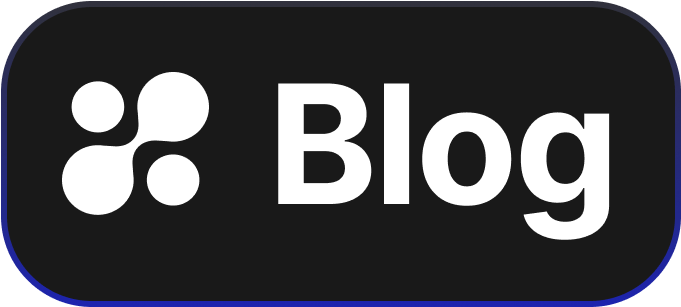Understanding SOC 2 and Okta: A Manager’s Guide to Secure Identity Management
Navigating the world of technology can be challenging, especially when the stakes involve keeping sensitive information protected. For technology managers, ensuring compliance and security are crucial. One common framework that enterprises must understand is SOC 2, particularly when using tools like Okta for identity management. This post will break down what you need to know about SOC 2 and how Okta fits into the picture.
What is SOC 2?
SOC 2, or Service Organization Control 2, is a set of standards designed to help measure how well a service organization, like Okta, regulates data protection. It's essential for businesses to show that they are securely handling and managing customer data, particularly in cloud-based services.
The Importance of SOC 2 Compliance
SOC 2 isn’t just a checkbox for compliance; it's a framework that ensures your systems are robust enough to protect against data breaches and unauthorized access. For technology managers, understanding SOC 2 is vital because it provides peace of mind that service providers maintain strong security practices.
Why Okta for SOC 2 Compliance?
Okta is an industry leader in identity management, offering solutions that help companies manage user authentication and secure sensitive information. By using Okta, companies can support their SOC 2 compliance efforts, ensuring that only authorized users have access to the right applications at the right time.
Okta simplifies the process by providing tools for:
- Single Sign-On (SSO): Minimizes the need for multiple passwords by allowing users to access all their apps with one login.
- Multi-factor Authentication (MFA): Adds an extra layer of security by requiring a second form of verification.
- Automated User Management: Streamlines onboarding and offboarding processes, ensuring user access aligns with their role.
How to Implement SOC 2 with Okta
Deploying Okta with SOC 2 principles requires careful planning and execution. Here are some key steps to get started:
- Conduct a Risk Assessment: Understand and identify potential risks associated with your current identity management processes.
- Develop Security Policies: Create policies that align Okta’s identity management capabilities with SOC 2 requirements.
- Implement Okta Features: Utilize Okta's SSO, MFA, and user management features to secure data access and control.
- Regular Audits: Maintain routine checks and audits to ensure continuous compliance with SOC 2 standards.
Benefits of Choosing Okta for SOC 2 Compliance
Okta provides a streamlined approach to identity management, supporting SOC 2 compliance through its robust security features and easy-to-use platform. This makes it ideal for technology managers looking to strengthen data security while maintaining operational efficiency.
By leveraging Okta, managers can ensure reliable user authentication, reduce security risks, and improve the overall data protection strategy. Moreover, implementing Okta can help demonstrate compliance to clients, partners, and regulatory bodies.
See Okta and SOC 2 in Action
Having the right tools to manage identity securely is only a few clicks away. With Hoop.dev, you can see Okta live in action within minutes. Experience how seamlessly it integrates with your existing systems and enhances your compliance efforts.
Explore how Hoop.dev can assist in making your journey towards SOC 2 compliance straightforward and efficient. Unlock a demo today and witness the impact of secure identity management firsthand.
